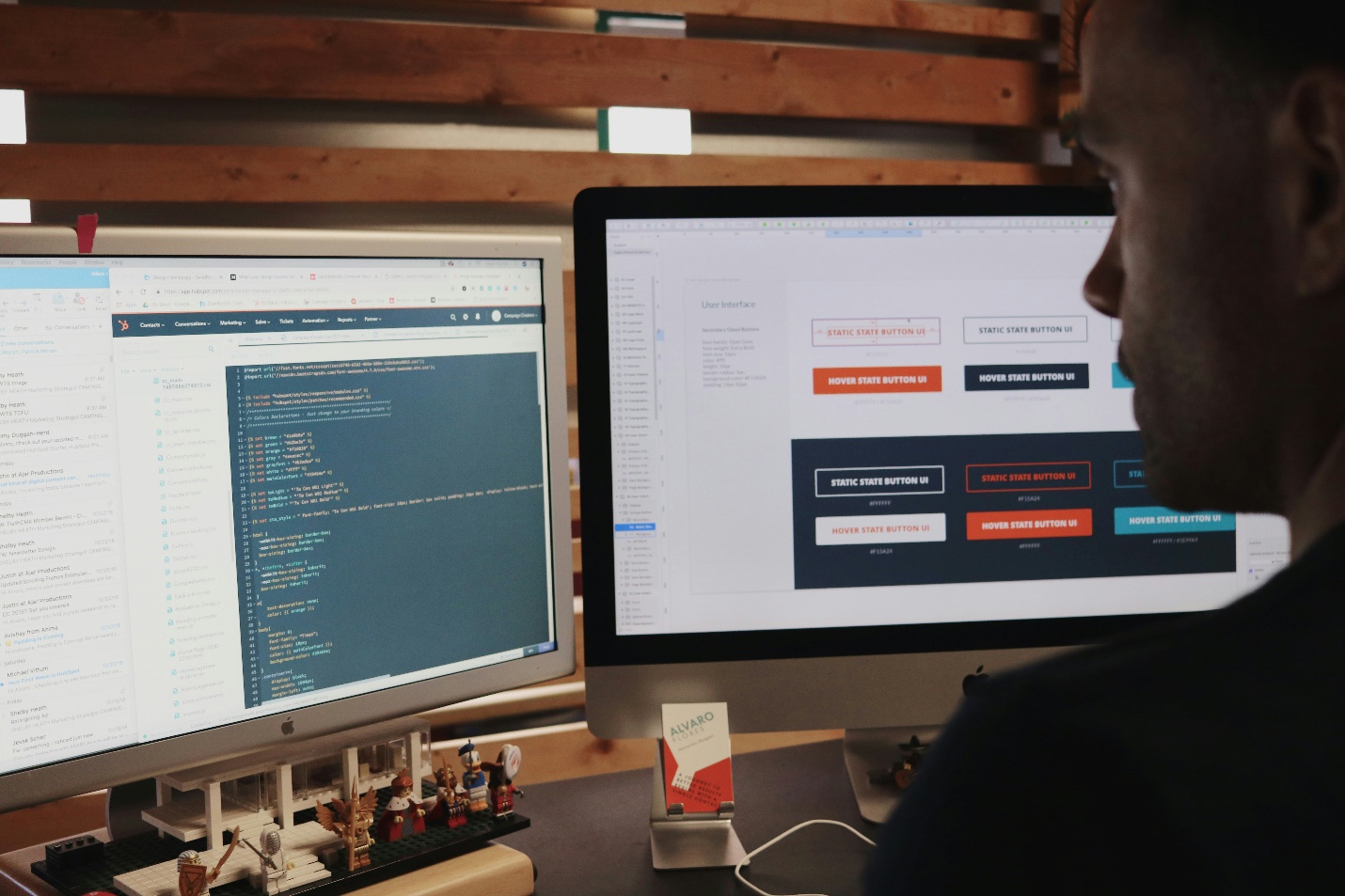The pressure to deliver high-quality software quickly is higher than ever in today’s fast-paced tech landscape. Companies are constantly seeking ways to streamline their development processes while ensuring that their products meet user expectations. Comprehensive software testing has emerged as a critical factor in accelerating the product development lifecycle. By integrating robust testing practices early in the development cycle, businesses can identify and address issues before they escalate, ultimately speeding up time-to-market and enhancing product quality.
Effective software testing encompasses various strategies, each tailored to address different aspects of the software development process. This blog delves into how incorporating these testing methodologies can drive efficiency and improve your product’s success in the market. From automated testing to continuous integration, understanding and applying these techniques can provide a significant competitive edge.
Automated Testing: Boosting Efficiency
Automated testing is a game-changer for accelerating the development lifecycle. By automating repetitive test cases and processes, teams can save valuable time and resources. Automated tests can be run frequently and consistently, which helps catch defects early and reduces manual effort. This efficiency not only speeds up the development cycle but also ensures that software quality is maintained as changes are implemented. Automated testing tools can be integrated into the development pipeline, enabling continuous testing and faster feedback on code changes.
The benefits of automated testing extend beyond speed. It also enhances test coverage by executing a vast number of test cases that might be impractical to cover manually. This thoroughness ensures that potential issues are identified early, reducing the general likelihood of defects reaching production. Automated testing can also facilitate regression testing, ensuring that new changes do not adversely affect existing functionality, which is crucial for maintaining stability and quality.
Continuous Integration and Continuous Deployment (CI/CD)
Continuous Integration (CI) and Continuous Deployment (CD) are key practices that complement automated testing and contribute to a faster development lifecycle. CI involves frequently integrating code changes into a shared repository, where automated tests are run to detect issues early. This practice minimizes integration problems and allows teams to address issues before they become critical.
CD extends the principles of CI by thoroughly automating the deployment of code changes to various production environments. By automating the overall deployment process, teams can ensure that new features and fixes are delivered to users quickly and efficiently. CI/CD pipelines help maintain a steady flow of updates and improvements, reducing time-to-market and enhancing the overall agility of the development process.
Performance Testing: Ensuring Scalability
Performance testing is crucial for evaluating software’s performance under various conditions. By simulating different load scenarios, performance testing helps identify potential bottlenecks and scalability issues before they impact end-users. This proactive approach ensures that the software can handle expected user loads and performs optimally under stress.
Incorporating performance testing early in the development lifecycle helps avoid costly performance-related issues later on. It provides insights into how the application will behave in real-world scenarios and allows developers to optimize performance and scalability. By addressing performance concerns upfront, businesses can deliver a robust, reliable product that meets user expectations.
User Acceptance Testing (UAT): Validating Functionality
User Acceptance Testing (UAT) is a critical phase in the software testing process that involves end-users directly validating the software’s functionality and usability. This testing phase is crucial because it provides insight into how well the software meets its target audience’s real-world needs and expectations. By involving actual users in the testing process, businesses can gather feedback on the software’s user interface, functionality, and overall user experience.
Conducting UAT early in the development cycle allows teams to address usability and functionality issues before the software is released to a broader audience. This early feedback helps identify and resolve potential user experience problems, ensuring that the software aligns with user requirements. By incorporating UAT into the development process, businesses can significantly reduce the risk of post-launch issues, enhance user satisfaction, and ensure that the final product delivers a positive and effective user experience. This proactive approach improves product quality and helps build a strong connection with users by addressing their needs and preferences.
Security Testing: Protecting Your Software
In today’s digital landscape, ensuring the security of software is more critical than ever. Security testing involves identifying software vulnerabilities, potential threats, and weaknesses that malicious actors could exploit. This testing process is designed to safeguard the software against cyber-attacks, data breaches, and other security risks that could compromise the integrity and confidentiality of the application and its data.
Integrating security testing early on in the development cycle is essential for addressing vulnerabilities before they can be exploited. By conducting thorough security assessments, businesses can identify and mitigate potential risks, ensuring that their applications are resilient against attacks. This proactive approach helps protect user data, maintain trust, and ensure compliance with industry standards and regulations. Moreover, by prioritizing security testing, businesses can avoid costly post-launch security incidents and reinforce their commitment to safeguarding user information, ultimately contributing to a more secure and reliable software product.
Agile Testing: Adapting to Change
Agile testing is an approach that aligns seamlessly with agile development methodologies, emphasizing flexibility, collaboration, and responsiveness. In agile testing, continuous testing is integrated throughout the development process, allowing teams to quickly address issues and adapt to changes. This iterative approach supports the agile principle of delivering incremental improvements and frequent releases, enabling teams to effectively incorporate feedback and adjust to evolving requirements.
By adopting agile testing practices, teams can respond swiftly to changes in project scope, user feedback, and market demands. This flexibility ensures that testing efforts remain aligned with project goals and helps in delivering high-quality software in shorter development cycles. Agile testing fosters collaboration between developers, testers, and stakeholders, ensuring that everyone is on the same page and working towards common objectives. This adaptability contributes to a faster development lifecycle, allowing businesses like yours to bring their products to market more quickly and efficiently while maintaining overall high quality and performance standards.
Elevate Your Development Process with Expert Software Testing Solutions
Integrating comprehensive software testing into your development process is crucial for accelerating your product’s time-to-market while ensuring quality and performance. At QualityLogic, we specialize in providing robust testing solutions tailored to your specific needs. From automated testing and CI/CD pipelines to performance and security assessments, our expertise can help streamline your development lifecycle and deliver exceptional products. Click here to learn more about how our services can enhance your software development process and drive your success in the market.




